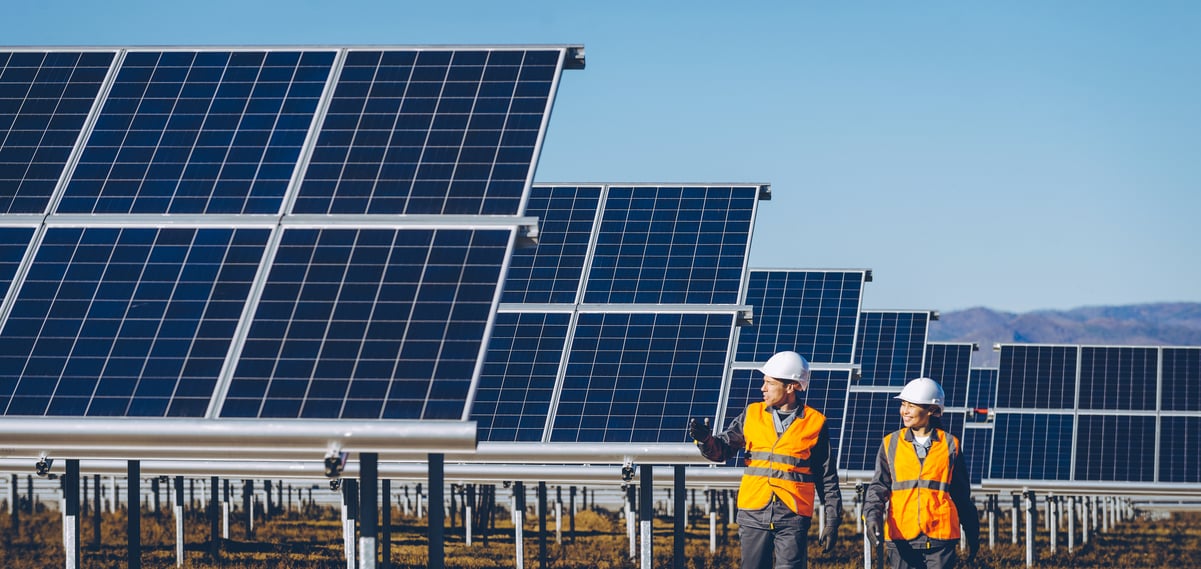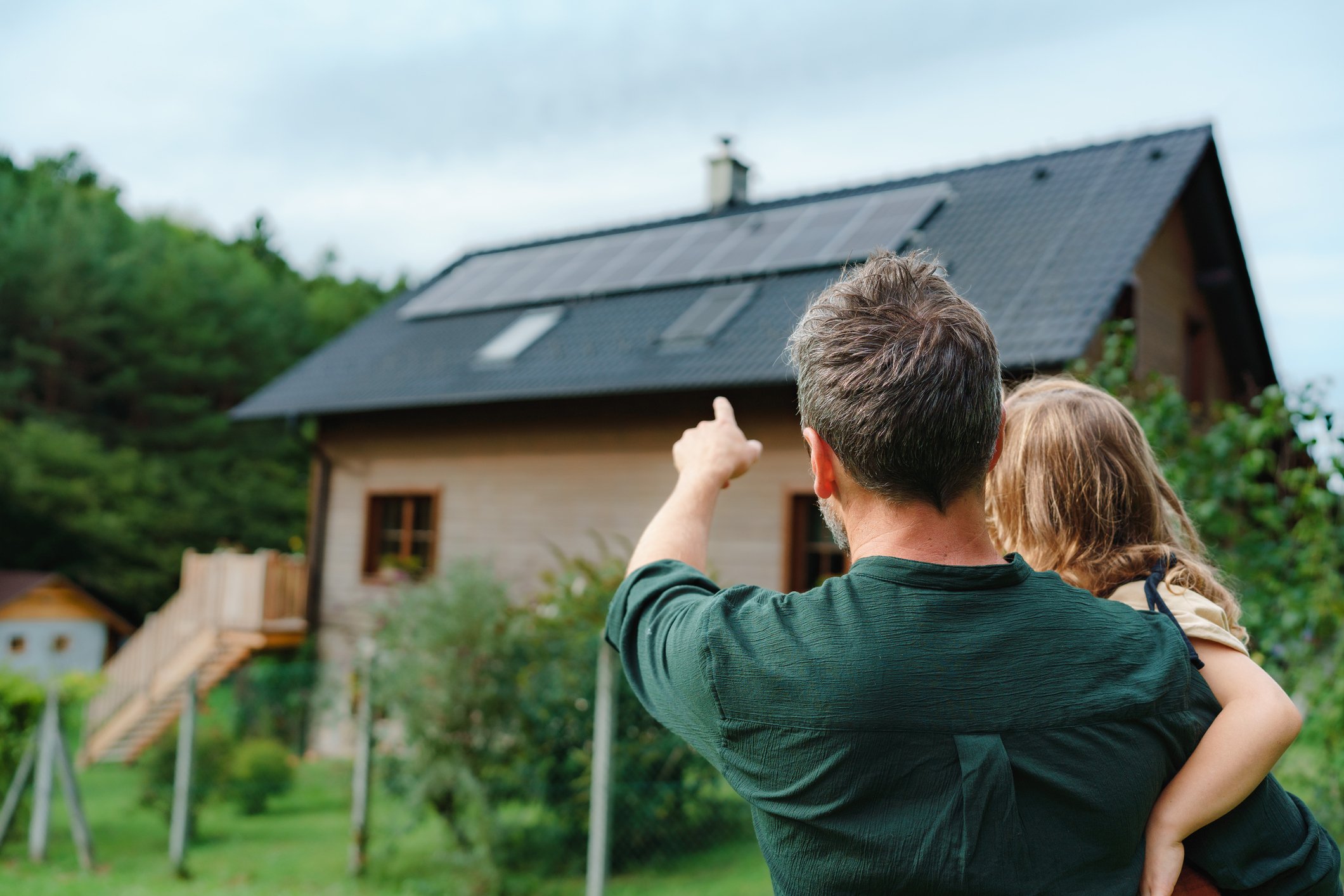First Solar, Inc. (FSLR +0.02%) has long been one of the solar industry's profit leaders, generating far more net income than its manufacturing competitors over the past decade. But that doesn't mean the company hasn't faced challenges as well.
Rapidly falling costs from crystalline silicon manufacturers in China led to pricing pressure and the need to increase efficiency. The company has made progress, reaching module efficiency of 16.9% on its best line last quarter. But it's not enough to remain competitive in the future, so the company is taking drastic steps to make further improvements by the time the utility-scale solar market (hopefully) improves in 2018.

Image source: Getty Images.
Taking a giant leap forward
First Solar had planned to move from its current Series 4 module to Series 5 over the next year or two, and then on to a new Series 6 product by the end of the decade. Yesterday, that plan went out the window, and management decided to skip Series 5 entirely, moving directly to Series 6 by 2018.
The move will help lower both panel costs and balance-of-system expenses while also increasing efficiency. Panels are expected to be 420 watts or higher with efficiency over 18% at launch (and rising) over time. A lot of the gains are from the bigger form factor of panels, which you can see in the illustration below.

Image source: First Solar.
The challenge with moving to the higher-efficiency, larger form factor panels is that equipment has to be upgraded. And that'll lead to lower sales next year as equipment is upgraded for the Series 6 ramp up.
How the upgrade impacts 2017
Existing plants will be upgraded from Series 4 directly to Series 6, but that'll impact production and revenue in the meantime. In 2016, shipments are expected to be 2.8 GW to 2.9 GW, falling to around 2.2 GW the next two years. In 2018, when Series 6 is expected to be fully operational, shipments will be over 3 GW.
The cost of upgrades are expected to be about $0.30 per watt on a capital basis. That means about $1 billion in total will need to be invested to make Series 6 a reality. But management thinks the payoff will be worthwhile given the lower cost, higher efficiency, and potentially higher margins that will come with Series 6.
Regarding the income statement, management says that 2017 GAAP revenue will be $2.5 billion to $2.6 billion, helped by the sales of the Moapa and California Flats projects. On the bottom line, earnings per share will be between a loss of $0.10 per share and a profit of $0.45 per share. On a non-GAAP basis, earnings will be breakeven to $0.50 per share.
That First Solar will be able to remain profitable while making upgrades to manufacturing lines is impressive and shows just how strong the company's margins are today. And the hope is that profitability will return in a big way in 2018.
A necessary transition
It's become very apparent that 2017 will be a very difficult year in the utility-scale solar business, where First Solar generates most of its revenue. U.S. utilities aren't in a rush to build projects, Latin American projects aren't due to begin ramping up until 2018, and Chinese demand for projects is expected to drop after building 20 GW in the first half of 2016. That decline has led to pricing pressure on both solar panels and developers signing contracts today. But it leaves an opening for First Solar to upgrade to the next generation of products to prepare the business for 2018 and beyond.
The next 18 to 24 months may be difficult for First Solar operationally, but the company is making necessary adjustments to survive the rapidly evolving solar industry. The stock may suffer in the meantime, but First Solar is still well positioned to be a big winner in solar long term. And it's that long-term view that investors need to take on the business today.






